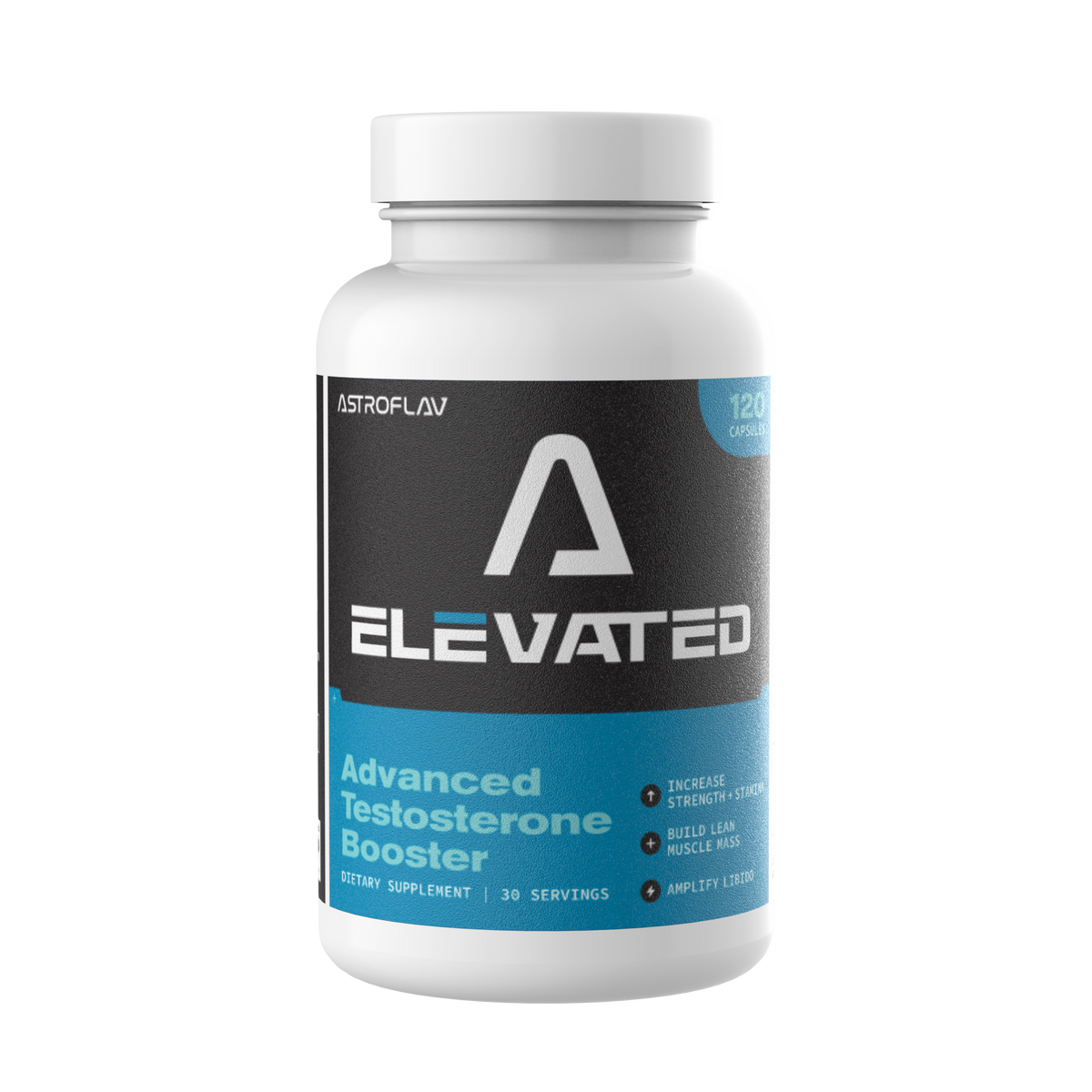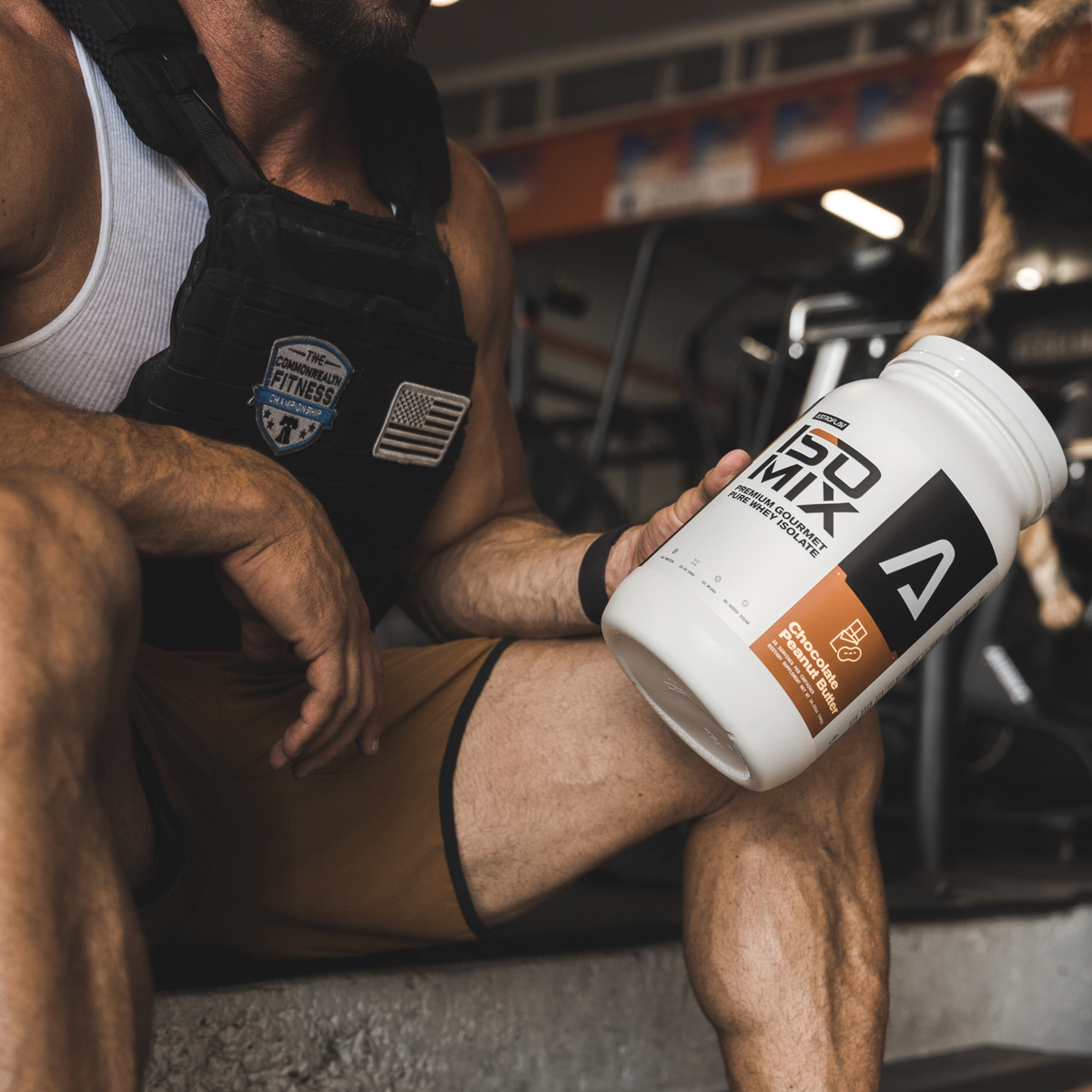Salt & Weight: How Sodium Impacts your Body
Everyone has experienced the feeling of needing to drink more water when eating salty foods. Did you also know that salt leads us to eat more? While there is still a large opportunity for research, studies have shown that salt plays an integral role in hunger and weight gain. Keep reading today's blog post to learn more about how salt impacts our health and what steps you can take to reduce your sodium intake.
What is sodium?
Sodium - the main ingredient in salt - is an essential part of our diet. While it increases flavor, it also keeps our muscles and nerves working properly and helps our bodies to maintain a proper balance of fluids.
While sodium is essential in these ways, it can also produce harmful results if consumed at high levels. When sodium levels rise too high, blood pressure can increase as well. If blood pressure remains elevated over time, your health can be impacted by serious life-threatening diseases such as stroke, heart attack, kidney disease, and other health problems.
Sodium & weight
To protect against high blood pressure, U.S. dietary guidelines recommend that we consume less than 2,300 milligrams of sodium per day. That’s only about a teaspoon of salt! Most adults, however, consume more than this: the Center for Disease Control estimates that the average American adult consumes 3,400 grams of salt each day.
In the last several years, scientists have connected high salt intake to a higher risk of obesity. Research has shown that eating an extra gram of salt each day increases the risk of obesity in children by 28% and in adults by 26%. While it is still unknown exactly why salt has this effect, some studies have linked it to the way in which our bodies burn fat. Other studies presume that high salt levels tempt people to eat more than their fill, increasing the chance of weight gain.
How to reduce sodium in your diet
1. Eat lean and clean: Eat fresh fruit, vegetables, lean meat, skinless poultry and tuna.
2. Make your own: Avoid prepackaged, processed and prepared foods.
3. Read the label: Choose foods that contain less than 140 milligrams of sodium per serving.
4. Be aware: Some foods almost always contain high levels of sodium. Try to limit your intake of foods such as pizza, cured meats, etc.
5. Season and rinse: When cooking, use herbs for flavor and rinse canned veggies, beans and shellfish which typically have added sodium.
How do you balance your salt intake?
Share your story with jenniferjames@astroflav.com to be featured in our Facebook community.
Join our family for new videos, discount codes, and more!







